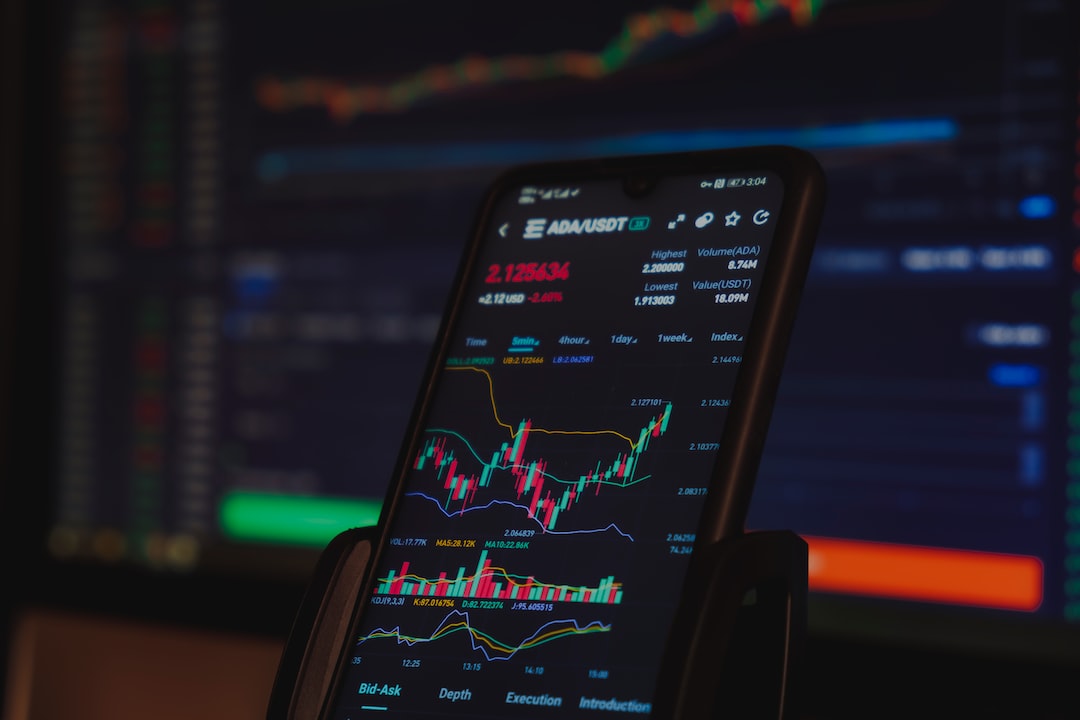America’s Congress Questions SEC’s SAB 121
A memorandum submitted by various members of the U.S. Congress has raised concerns about the enforceability of the Securities and Exchange Commission (SEC) Staff Accounting Bulletin 121 (SAB 121). This development comes after the Government Accountability Office (GAO) classified SAB 121 as a rule under the Congressional Review Act.
Introduced in April 2022, SAB 121 mandates custodians to report customer custodial digital assets on their balance sheets at fair value, without consulting major financial regulatory bodies. This directive deviates from standard accounting practices and could misrepresent custodians’ legal and economic responsibilities, increasing consumer risk.
The GAO stated in October 2023 that companies might change their behavior to align with the SEC’s interpretations in the Bulletin due to its role in monitoring public disclosures and enforcing compliance. Notably, the SEC did not submit SAB 121 to Congress or the GAO, as required by the Congressional Review Act.
The memo highlights concerns that enforcing this noncompliant rule would set a precedent for regulatory evasion of the Administrative Procedure Act (APA), granting the SEC undue regulatory control over unauthorized entities. The Congress members have requested financial authorities to clarify that SAB 121 is not enforceable following the GAO’s determination.
SAB 121’s requirement for banks to record client cryptocurrency holdings on their balance sheets and treat them differently from traditional assets has drawn criticism from industry representatives and U.S. politicians. They argue that it could discourage regulated banks from acting as crypto custodians.
The inquiry into SAB 121’s status as a rule was sparked by Senator Cynthia Lummis’s letter to the U.S. Comptroller General in August 2022. The Congressional Review Act requires an agency rule to be reported to both Congress and the comptroller general, with provisions for Congressional disapproval.
Hot Take: Will Crypto Custodians Be Affected?
This memorandum signifies a crucial moment in digital asset regulation oversight, emphasizing the need for clarity and adherence to established legislative procedures.





 By
By

 By
By

 By
By